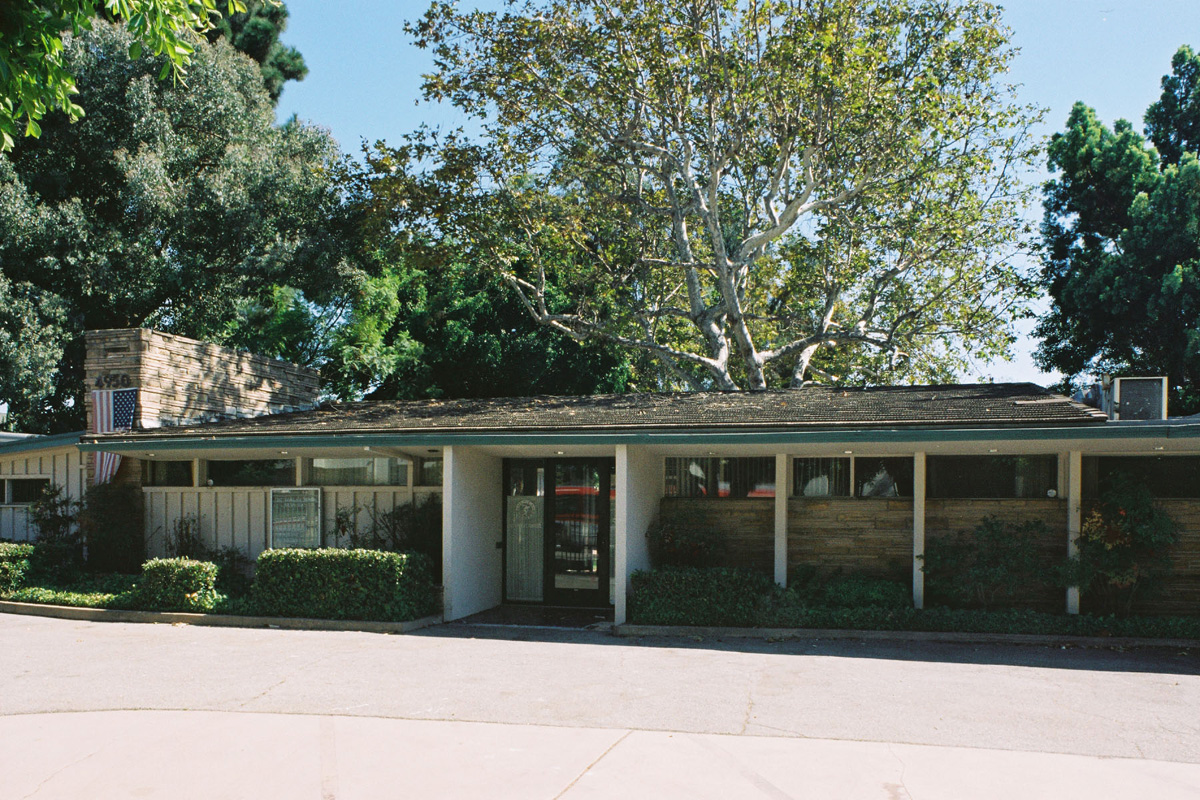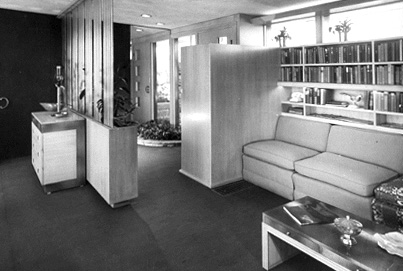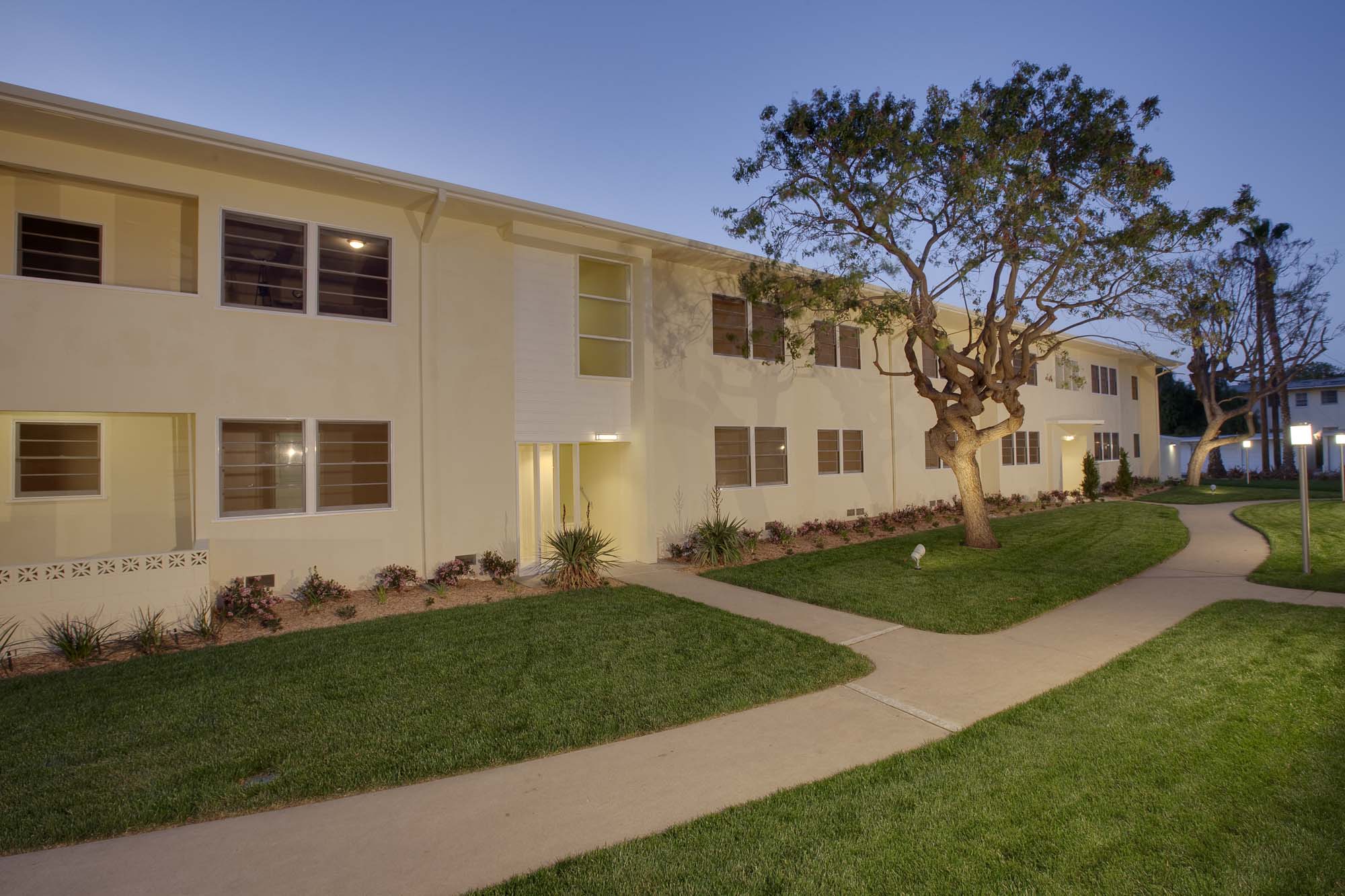
Place
The Post-War House
More than a million people visited this showcase for modern living.

Place Details
Address
Get directions
Architect
Year
Style
Decade
Property Type
Community
The most unusual Wilshire commission undertaken by renowned architects Walter Wurdeman and Welton Becket, the Post-War House was designed as a showcase for modern living.
Part serious research house, part model home, and part gimmick, it was all marketing. Featured in dozens of magazines, including an unprecedented 42-page spread in the May 1946 issue of House Beautiful, the house was visited by more than a million people and read about by millions more.
The house was the brainchild of innovative tract-home builder Fritz B. Burns, a friend and neighbor of Welton Becket. Burns opened the house in 1946 and charged $1 admission.
The Post-War House featured practically every building product on the market and must have been a marvel to war-weary Americans and returning soldiers.
The house had a brilliant design with clever built-ins and indoor/outdoor spaces. It also featured every labor-saving device known to man, such as an electric garbage disposal, large-screen TV, “storage wall” closets, two-way intercoms, and climate controls including the Precipitron electronic air-cleaning system.
The house was beautifully decorated by Bullock's, launching a partnership between Bullock's and Becket that would result in Becket’s design of more than 25 Bullock's/Federated Department Stores.
As attendance slowed, Burns reduced the entry fee to 35 cents. In 1950, he closed the house for a minor remodeling that included the installation of a helicopter pad, then reopened the house the following year as “The House of Tomorrow.” Burns also had his offices in the house for a time.
It was later occupied by a Korean newspaper and a German cultural association called the Los Angeles Turners.
The interior has been significantly altered over the years, but the exterior remained largely intact, including much of the original landscaping.
Watch a video from L.A. Times architecture critic Christopher Hawthorne on the Post-War House










